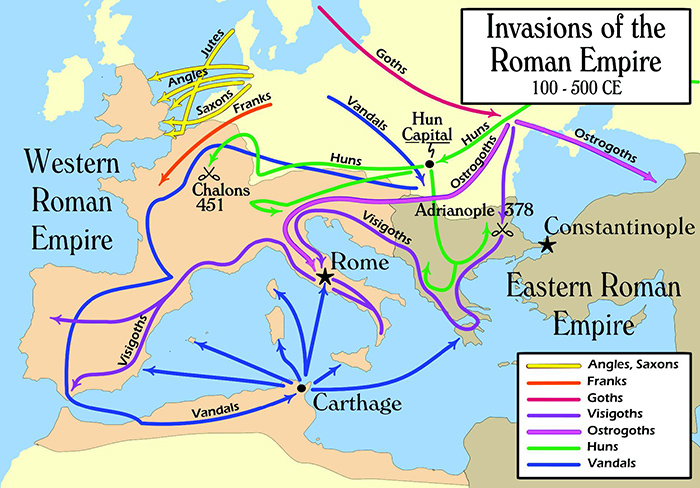

Eventually, all of the classical civilizations could not deal with the problems created by their own internal or external crises. As empires acquired massive wealth, the unequal distribution of this wealth across social classes placed enormous pressure on the political and social order.

They served as major hubs of transregional networks of trade, and they diffused culture, religion, technologies and disease. The growing scale of these empires, along with their increased ethnic and cultural diversity, required more sophisticated methods of governance. to 600 C.E.) empires grew on a massive scale through territorial conquest with large armies. Then, powerful cities imposed their rule on surrounding areas through conquest and the first empires were born. to 600 B.C.E.) the first states developed in core civilizations. Guild masters have begun recruiting scouts to collect information in order to gain knowledge, influence and power.In the pre-classical age (8000 B.C.E. The masters of coin have been instructed to offer vast sums of gold in return for verifiable intelligence. Some empires are in the brink of war unable to contain the escalating violence.Īs ravens from across the realm bring news from afar that inspire both horror and wonder, advisors to kingdoms are having a hard time dispelling truth from fiction. In various cities, sectors of the populations have committed attrocities and genocide against their neighbors. Some use scapegoats by exploiting and fueling racial, ethnic and sectarian tensions in order to advance their own agendas. Most scrolls contain a history that loosely reflects reality.Īn influx of refugees from faraway lands share terrifying stories of how old enemies, powerful magic wielders, undead hordes and fantastically colossal beasts have invaded their lands, obliterated their towns and brought misery and pestilence to the few who survived.Īs people turn to others for answer, self-proclaimed wisemen and prophets grow in popularity across the realm, shouting at crowds to anyone who will listen. Merchants are trading goods with cities that were documented as destroyed long ago. Travellers share tales of discovering previously extinct species of flora and fauna. With the melting of glaciers, old trade routes have opened up once more. In the aftermath of the cataclysm, a winter lasting several generations has finally subsided, allowing humanity to start anew. The mighty empires of earth are clashing at once in a struggle for dominance and survival. Disconnected timelines merged as spacetime coalesced in a disjointed, incoherent manner, resulting in various ages of the past merging simultaneously in today's medieval present. A mysterious cataclysmic event ruptured the very fabric of space and time, forever changing history.


 0 kommentar(er)
0 kommentar(er)
